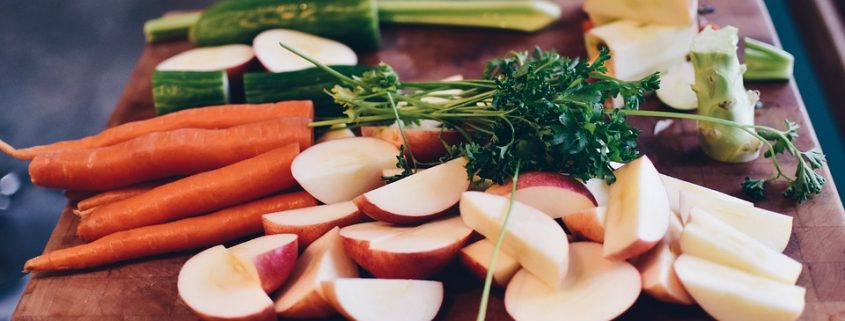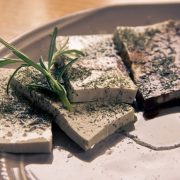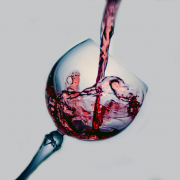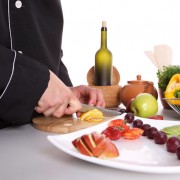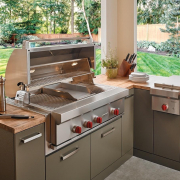Food Prep Safety When Using Cutting/Chopping Boards
Checking out new, delicious recipes your family will love is fun. Less fun is discussing safety precautions while cooking. But when you’re going to be cooking — especially for other people — you want to ensure that you’re following the best safety standards to keep everyone healthy. In this guide, we’ll go over food prep safety tips when using cutting boards or chopping boards.
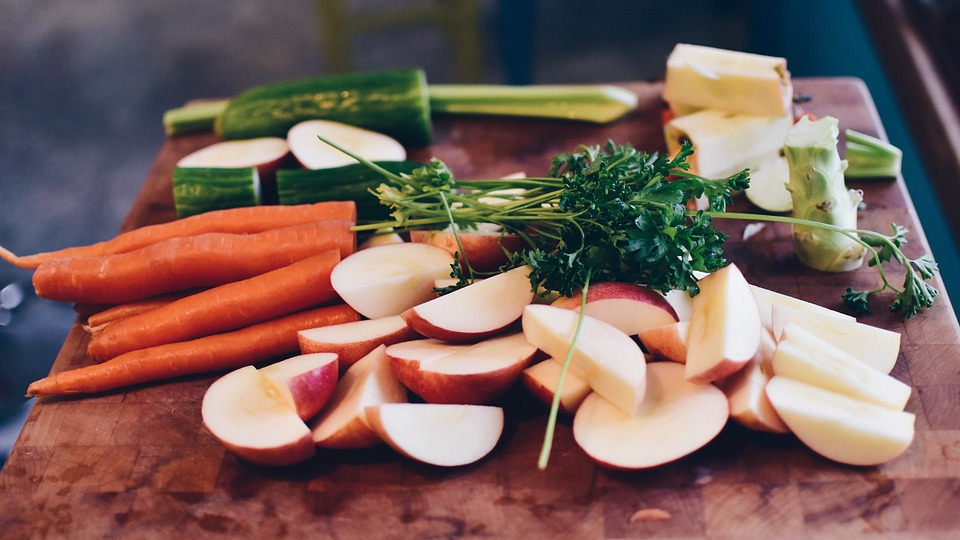
Keep your cutting boards clean
One important factor for food prep safety is keeping your cutting boards clean. Often, people will just give their cutting boards a quick rinse before using them again, but this isn’t always enough. And while some cutting boards are dishwasher friendly, many are not. To avoid illness, look up best practices for cleaning your cutting board. As a general rule:
- Always wash cutting boards promptly after using them
- Wash cutting boards between cutting different types of foods
- Don’t soak wooden chopping boards in water
- Research how best to clean your specific chopping boards
Keep your cutting boards in good repair
Another safety concern is using old or damaged cutting boards. If cutting boards have become cracked or have been used so often that grooves and divots in them are deep, they may need to be replaced. This is because food particles, moisture, and bacteria can become trapped in these locations, and they can be impossible to properly clean.
In fact, one study found that plastic cutting boards, which were long thought to be easier to clean than wooden cutting boards, are not as durable as wooden cutting boards and are therefore harder to clean in the long run. While you may have to take care when cleaning wooden cutting boards, they’re more durable than plastic cutting boards, so if you’re going to use plastic, keep in mind that you may have to replace them frequently to keep your family healthy.
Separate your foods
Different foods need to be chopped separately. When you’re using a chopping board, it’s imperative that you cut fruits and veggies separately from cutting meats and poultries. It’s also important to keep cooked foods separate from raw foods.
To avoid cross-contamination, either wash your cutting boards thoroughly between each type of food or use separate cutting boards when cutting raw meats, raw vegetables, and cooked foods. Make sure you also keep the chopped foods in separate bowls until you’re actually prepared to add them into your recipe.
Wash your hands
There’s a reason your grandmother always had you wash your hands before helping her out in the kitchen–and it’s not just that she knew you’d been out playing with bugs a few minutes beforehand. Many germs and diseases are spread because people don’t wash their hands properly.
If you think it’s bad to shake hands and pass germs on that way, just imagine how much more harm you’re doing when you’re putting those germs directly in contact with food people are going to be eating. Proper handwashing technique calls for washing your hands, and underneath your nails, with hot water and soap. Sing an easy children’s song like the ABCs while washing your hands to make sure you don’t hurry the process. (This can also be a great way to practice those ditties with your kids while teaching them the proper technique).
Keep your fingers tucked in
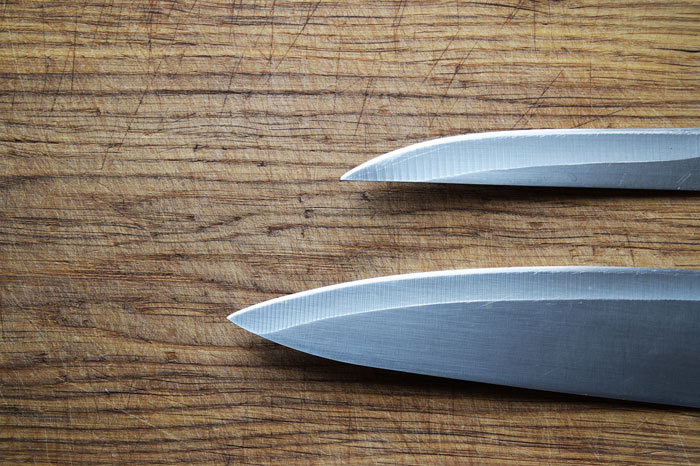
Of course, we’d be remiss in talking about cutting board safety if we didn’t also mention cutting safety. One of the easiest ways to injure yourself in the kitchen is to stick your thumb out while chopping an item and then cut faster than you meant to.
Instead, be sure to keep all of your fingers tucked in when you’re cutting. If you’re cutting into something thick-skinned, like spaghetti squash, take care to cut away from your body, not towards your body, to avoid cutting yourself if your knife slips.
Use sharp knives
Believe it or not, it’s actually safer to cut your food using sharp knives than dull knives. This is because when you use sharp knives, you generally have more control over what you’re doing. Dull knives cause you to press harder, and sometimes at more awkward angles, which can cause the knife to slip and cut you. Sharp knives also require less pressure to cut the food which, again, gives you a greater level of control over what you’re doing.
Keep in mind that cross-contamination can happen with knives just as well as it can with cutting boards, so be sure to wash your knives thoroughly between different items in the kitchen.
One last point
Cooking should be a fun experience. Following food safety tips doesn’t have to add stress to your operation. By getting into the habit of practicing good hygiene and safety in the kitchen, you can not only reduce your risk of illness and injury, but also pass good habits on to your children and grandchildren!

